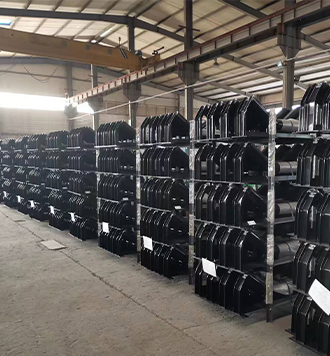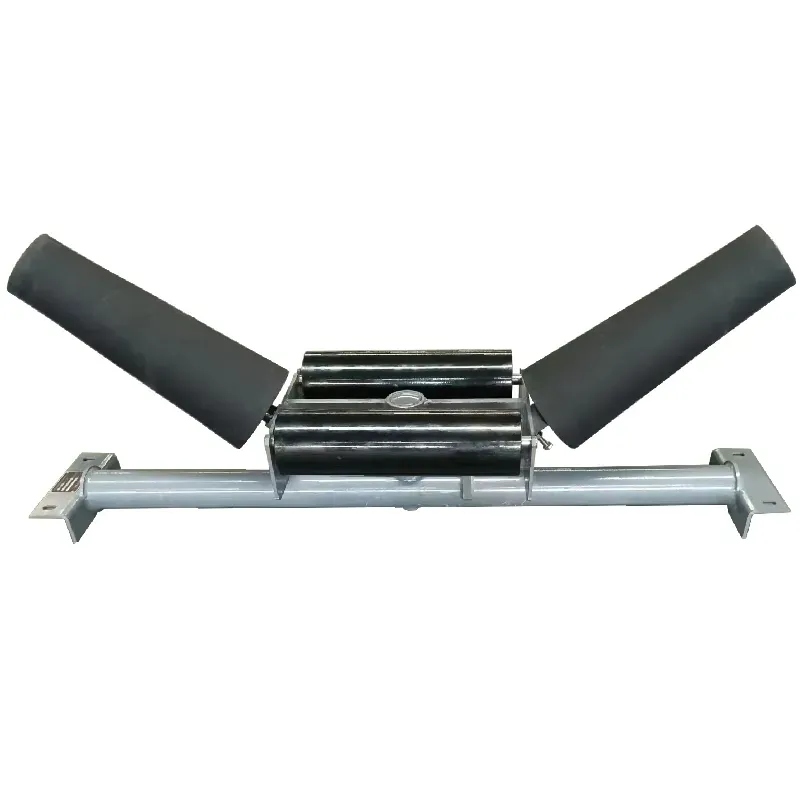 Afrikaans
Afrikaans  Albanian
Albanian  Amharic
Amharic  Arabic
Arabic  Armenian
Armenian  Azerbaijani
Azerbaijani  Basque
Basque  Belarusian
Belarusian  Bengali
Bengali  Bosnian
Bosnian  Bulgarian
Bulgarian  Catalan
Catalan  Cebuano
Cebuano  Corsican
Corsican  Croatian
Croatian  Czech
Czech  Danish
Danish  Dutch
Dutch  English
English  Esperanto
Esperanto  Estonian
Estonian  Finnish
Finnish  French
French  Frisian
Frisian  Galician
Galician  Georgian
Georgian  German
German  Greek
Greek  Gujarati
Gujarati  Haitian Creole
Haitian Creole  hausa
hausa  hawaiian
hawaiian  Hebrew
Hebrew  Hindi
Hindi  Miao
Miao  Hungarian
Hungarian  Icelandic
Icelandic  igbo
igbo  Indonesian
Indonesian  irish
irish  Italian
Italian  Japanese
Japanese  Javanese
Javanese  Kannada
Kannada  kazakh
kazakh  Khmer
Khmer  Rwandese
Rwandese  Korean
Korean  Kurdish
Kurdish  Kyrgyz
Kyrgyz  Lao
Lao  Latin
Latin  Latvian
Latvian  Lithuanian
Lithuanian  Luxembourgish
Luxembourgish  Macedonian
Macedonian  Malgashi
Malgashi  Malay
Malay  Malayalam
Malayalam  Maltese
Maltese  Maori
Maori  Marathi
Marathi  Mongolian
Mongolian  Myanmar
Myanmar  Nepali
Nepali  Norwegian
Norwegian  Norwegian
Norwegian  Occitan
Occitan  Pashto
Pashto  Persian
Persian  Polish
Polish  Portuguese
Portuguese  Punjabi
Punjabi  Romanian
Romanian  Russian
Russian  Samoan
Samoan  Scottish Gaelic
Scottish Gaelic  Serbian
Serbian  Sesotho
Sesotho  Shona
Shona  Sindhi
Sindhi  Sinhala
Sinhala  Slovak
Slovak  Slovenian
Slovenian  Somali
Somali  Spanish
Spanish  Sundanese
Sundanese  Swahili
Swahili  Swedish
Swedish  Tagalog
Tagalog  Tajik
Tajik  Tamil
Tamil  Tatar
Tatar  Telugu
Telugu  Thai
Thai  Turkish
Turkish  Turkmen
Turkmen  Ukrainian
Ukrainian  Urdu
Urdu  Uighur
Uighur  Uzbek
Uzbek  Vietnamese
Vietnamese  Welsh
Welsh  Bantu
Bantu  Yiddish
Yiddish  Yoruba
Yoruba  Zulu
Zulu Feb . 05, 2025 05:34
Back to list
Troughing Roller
Conveyor idlers play a critical role in the smooth operation of conveyor systems, which are essential in various industries such as mining, agriculture, and manufacturing. Understanding the different types of conveyor idlers can enhance not only the efficiency but also the lifespan of the conveyor systems. As an expert in the field, I emphasize the importance of selecting the right type of conveyor idlers to optimize performance and reliability.
4. Self-Aligning Idlers Misalignment is a common issue in conveyor systems, leading to spillage and damage. Self-aligning idlers automatically correct the misalignment of the belt, ensuring it always stays in the center. These idlers are vital for maintaining operational consistency and preventing costly damage. 5. Transition Idlers Used at both the loading and discharge ends of the conveyor, transition idlers allow the belt to change from a trough shape to a flat shape and vice versa. Proper selection and placement of transition idlers are pivotal for minimizing stress on the belt, which can prolong its service life. 6. Garland Idlers Typically used in flexible and portable conveyors, garland idlers consist of multi-roll configurations hanging in a chain-like formation. These idlers are excellent for long-distance conveying as they easily accommodate the undulations in the belt path. In conclusion, the right selection and application of conveyor idlers can drastically improve the efficiency, reliability, and longevity of a conveyor system. Consulting with experts can provide insights into the specific needs of your operation, helping you choose idlers that align with your operational goals and material handling requirements. Always consider the specific needs of your operation, such as material type, load capacity, and environmental conditions, when choosing conveyor idlers. Expert input can greatly assist in making data-driven decisions that not only enhance performance but also provide a competitive edge in your industry. Investing in quality idlers and regular maintenance can fortify your system's trustworthiness and authority, ensuring seamless operations.


4. Self-Aligning Idlers Misalignment is a common issue in conveyor systems, leading to spillage and damage. Self-aligning idlers automatically correct the misalignment of the belt, ensuring it always stays in the center. These idlers are vital for maintaining operational consistency and preventing costly damage. 5. Transition Idlers Used at both the loading and discharge ends of the conveyor, transition idlers allow the belt to change from a trough shape to a flat shape and vice versa. Proper selection and placement of transition idlers are pivotal for minimizing stress on the belt, which can prolong its service life. 6. Garland Idlers Typically used in flexible and portable conveyors, garland idlers consist of multi-roll configurations hanging in a chain-like formation. These idlers are excellent for long-distance conveying as they easily accommodate the undulations in the belt path. In conclusion, the right selection and application of conveyor idlers can drastically improve the efficiency, reliability, and longevity of a conveyor system. Consulting with experts can provide insights into the specific needs of your operation, helping you choose idlers that align with your operational goals and material handling requirements. Always consider the specific needs of your operation, such as material type, load capacity, and environmental conditions, when choosing conveyor idlers. Expert input can greatly assist in making data-driven decisions that not only enhance performance but also provide a competitive edge in your industry. Investing in quality idlers and regular maintenance can fortify your system's trustworthiness and authority, ensuring seamless operations.
Latest news
-
Revolutionizing Conveyor Reliability with Advanced Rubber Lagging PulleysNewsJul.22,2025
-
Powering Precision and Durability with Expert Manufacturers of Conveyor ComponentsNewsJul.22,2025
-
Optimizing Conveyor Systems with Advanced Conveyor AccessoriesNewsJul.22,2025
-
Maximize Conveyor Efficiency with Quality Conveyor Idler PulleysNewsJul.22,2025
-
Future-Proof Your Conveyor System with High-Performance Polyurethane RollerNewsJul.22,2025
-
Driving Efficiency Forward with Quality Idlers and RollersNewsJul.22,2025
OUR PRODUCTS





























